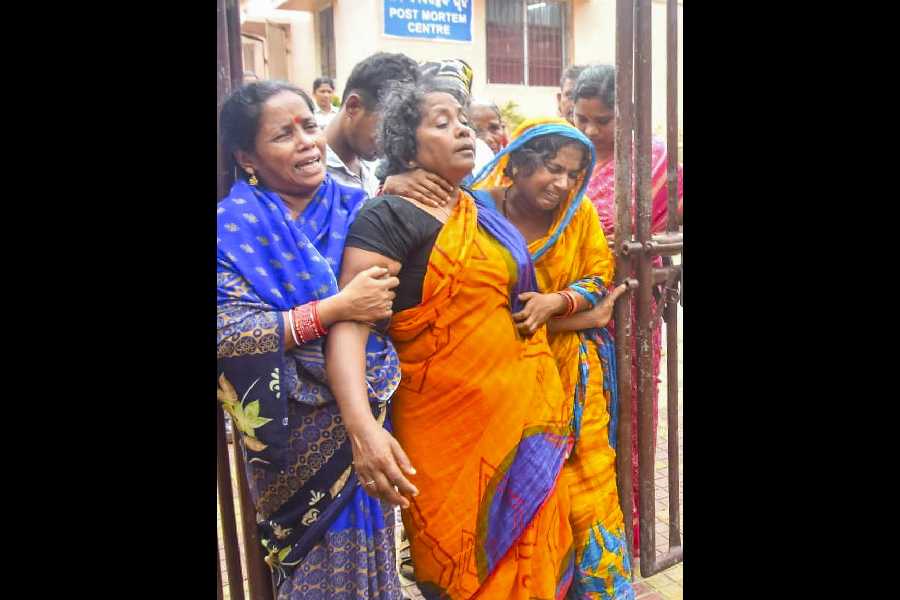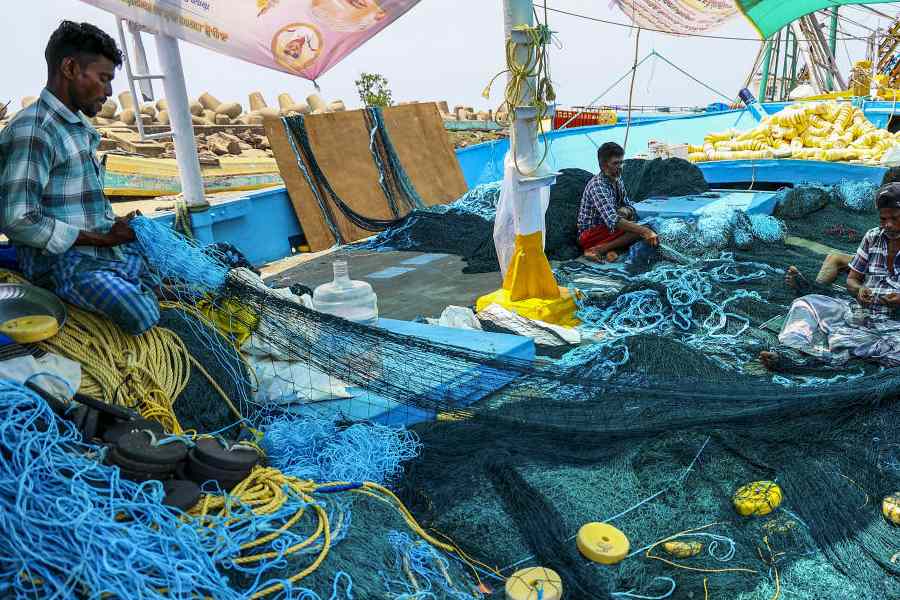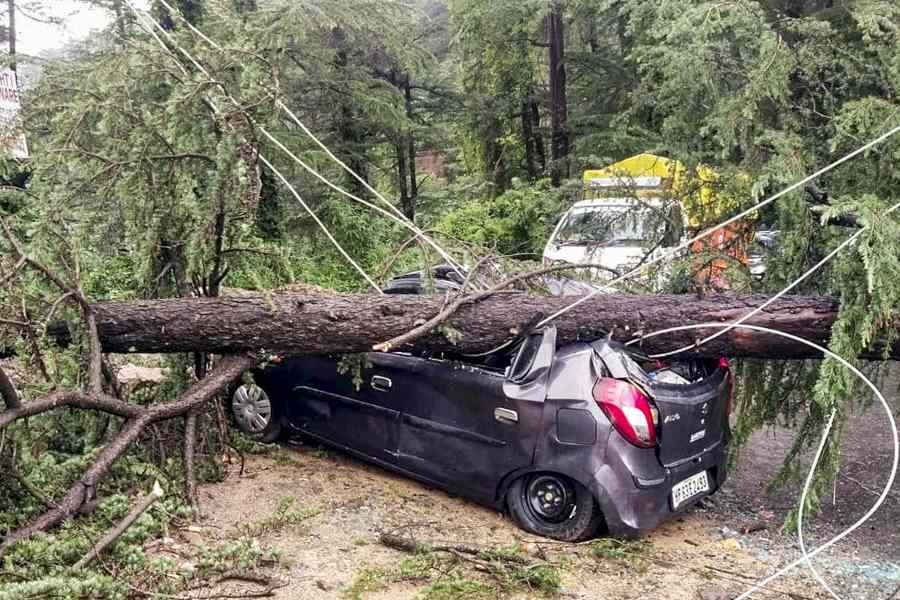 |
| In a mess: Azad Nagar Bazaar |
Jamshedpur, April 25: What’s the steel city like?
Neatly-marked four-lane roads, lush green along the pathways and separate space for jogging and for walking — that would be the joys of Jamshedpur.
There’s more — elite clubs and a thriving club culture — steel city has always been conceived as a mini-metropolis. But, truly is that what the steel city is really like?
Let’s take a corporate view of the matter — recently, ORG-MARG and ACNielson rated Jamshedpur the second-best city, only after Chandigarh, in terms of quality living.
But, a look around the areas on the fringes of the same city, one is compelled to re-think one’s view or opinion.
Ironically, parts of the city once touted to be the “Indian Singapore” under the unified-Bihar government, can make the people (at least its citizens) cringe in embarrassment.
Let’s start the journey from Mango. Mango, in the western part of Jamshedpur, is the link between the city and the National Highway, which leads to places such as Ranchi, Calcutta and Mumbai. But before one starts travelling, problems begin, right at the doorstep.
The moment one crosses the bridge, one is stranded for at least 20 minutes. A bottle-neck is created even before one can move half-a-kilometre.
Not that the roads are not wide enough, but just that half the space has been encroached by make-shift shops and their owners from all sides.
Also to add to the traffic woes are trucks carrying heavy goods and throwing all norms and regulations to air. The matter’s worse during peak hours when the place is chock-a-block with trucks trying to make their way to the city.
“There are roads, but you can barely make that out. The people selling goods on pull-carts create the most nuisance. They never move out of the place, thereby creating more trouble for everybody,” puts in a concerned resident, now staying on Dimna Road.
Water and electricity are again the twin bane for citizens. With real estate booming across the place, people predict that the water woes would only augment in the coming days. And the less said about electricity, the better.
After Mango, welcome to Jugsalai, right next to the Tatanagar railway station.
What Bada Bazaar is to Calcutta, Jugsalai is to the steel city. A business hub, the narrow bylanes are a drivers’ nightmare.
Just good enough for one vehicle or two, the small vendors on the roadside make traffic absolutely “impossible” here, too.
“In spite of being a business centre, life is horrible here. Roads are so dirty that if they are not cleaned for a day, the stink reaches the homes around the area. The water supplied is not suitable for drinking and electricity, too, is a problem,” says Bina Khirwal, a housewife and a social worker staying in Jugsalai. Bina’s complaints don’t end here.
But, she adds, with a brave face, “We do not want much. If just these problems are sorted out for us, Jugsalai would be a much saner place to live in.” The problem is that no one seems to be listening to the voice of the residents, living on the super city’s fringes, as of now, as they seem to be more busy in patting their backs over a job that not’s really over or that well done.











